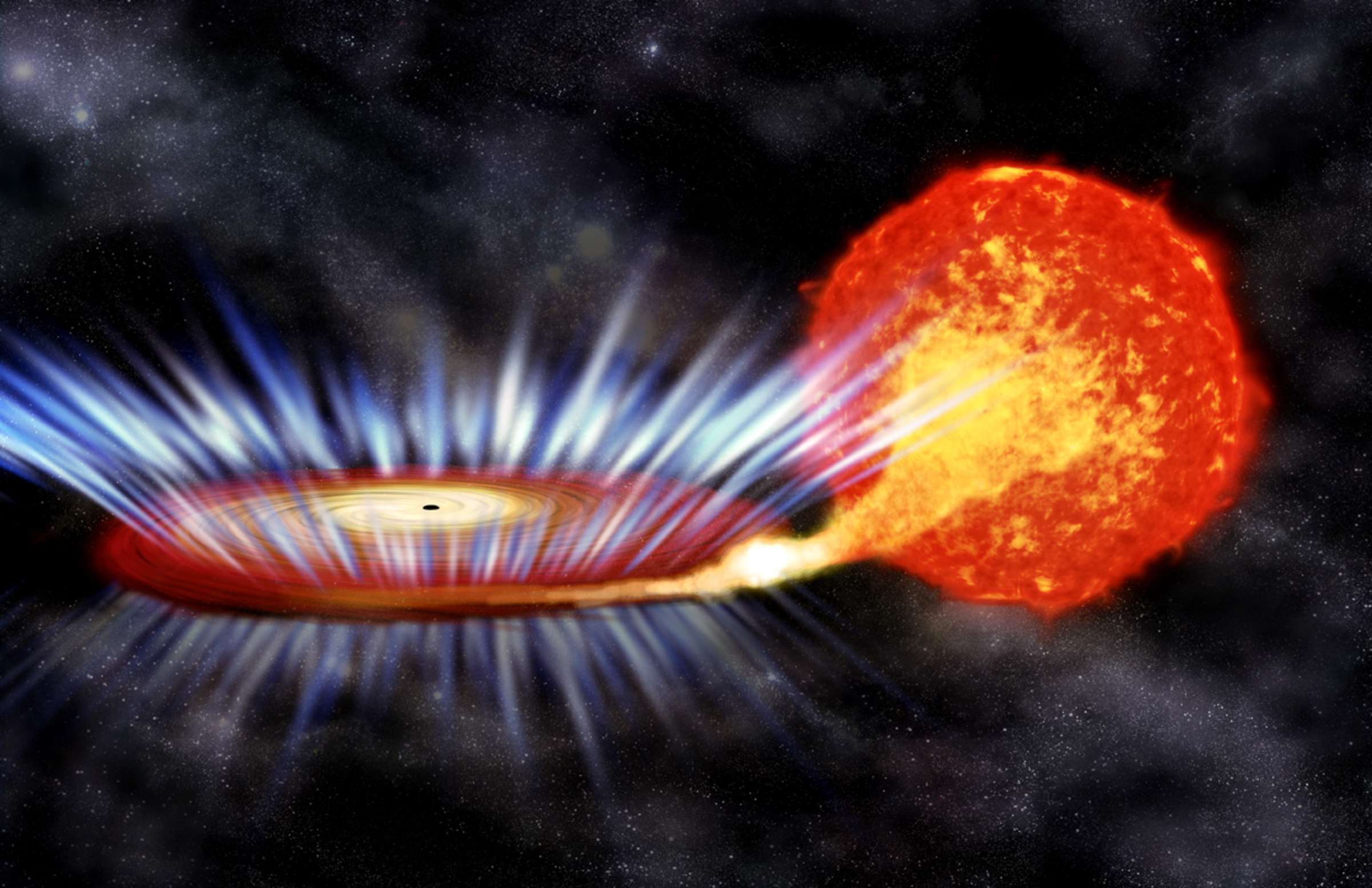

Last week, NuSTAR observed GRS 1915+105, a Galactic black hole X-ray binary (XRB) in coordination with IXPE and NICER. This source is known to be one of the brightest and highly variable XRBs, and also shows a `heartbeat' pattern in its light curve. Since 2018, the source has entered an unusual low-flux state. X-ray observations suggest that the source faintness is due to extreme obscuration, believed to be caused by accretion disk winds passing in front of the source. Thus, the X-ray spectrum of GRS 1915+105 is dominated by reprocessed light, similar to what is commonly seen in highly-obscured active galactic nuclei. As a result, the strength of the observed polarization of the source will be boosted which gives an unprecedented opportunity to estimate the geometry of the reprocessing material using IXPE. The high-energy X-ray coverage provided by the NuSTAR observation will help pinpoint the underlying primary continuum. This will be essential to accurately measure the spectral parameters of the X-ray corona and consequently inform any physical model that will be invoked to explain the spectro-polarimetric properties of GRS 1915+105.
Authors: Elias Kammoun (Postdoctoral Scholar, Caltech)